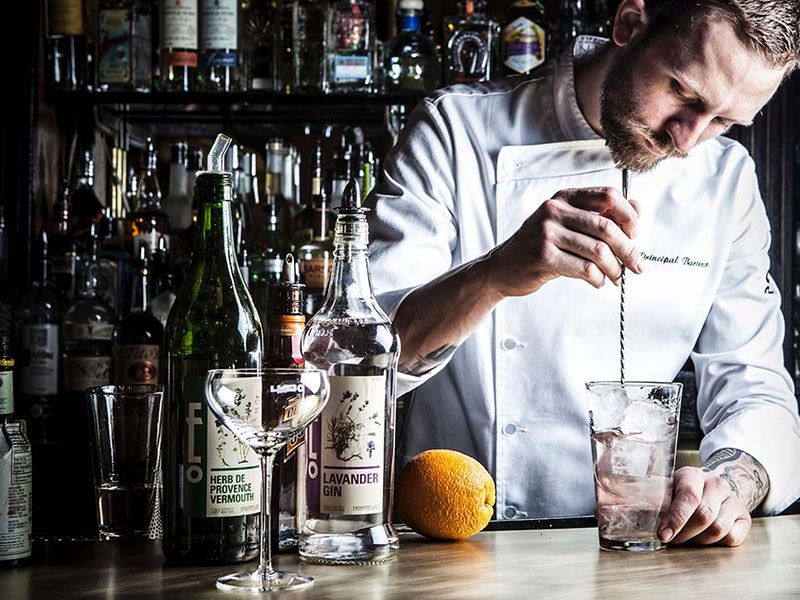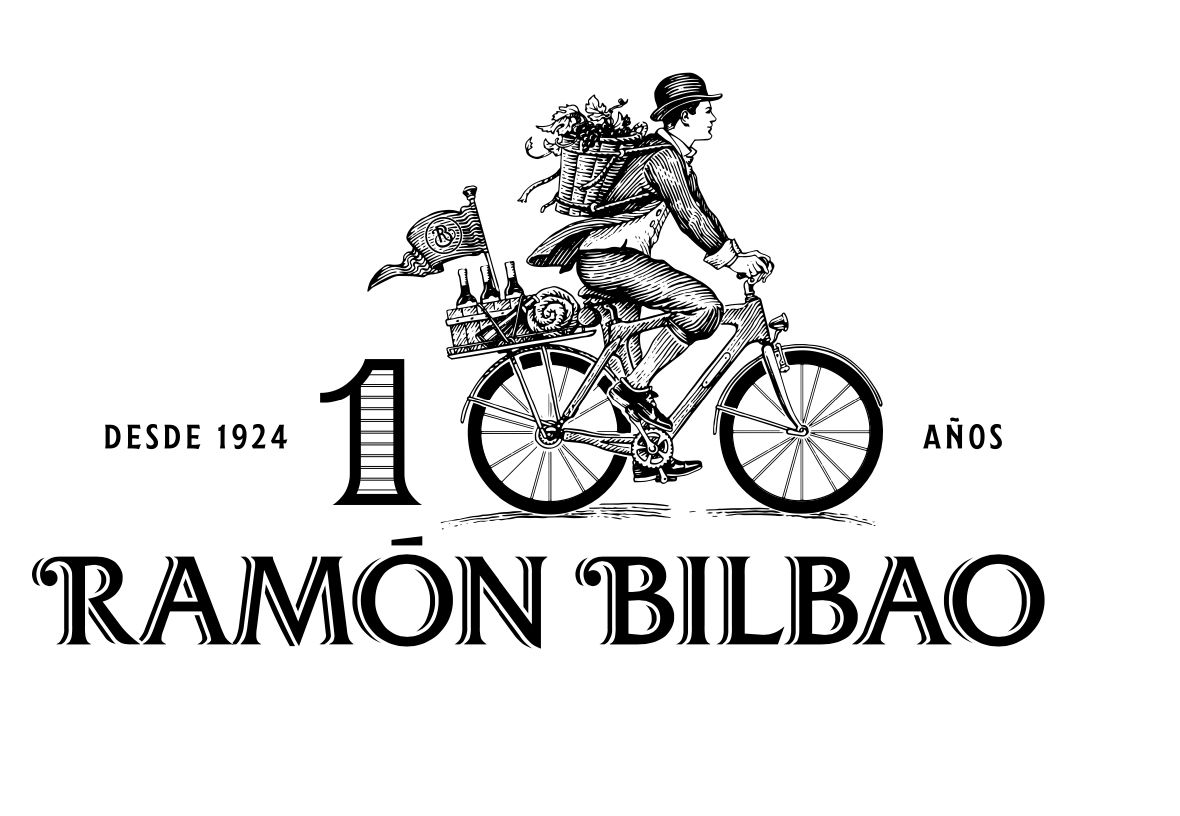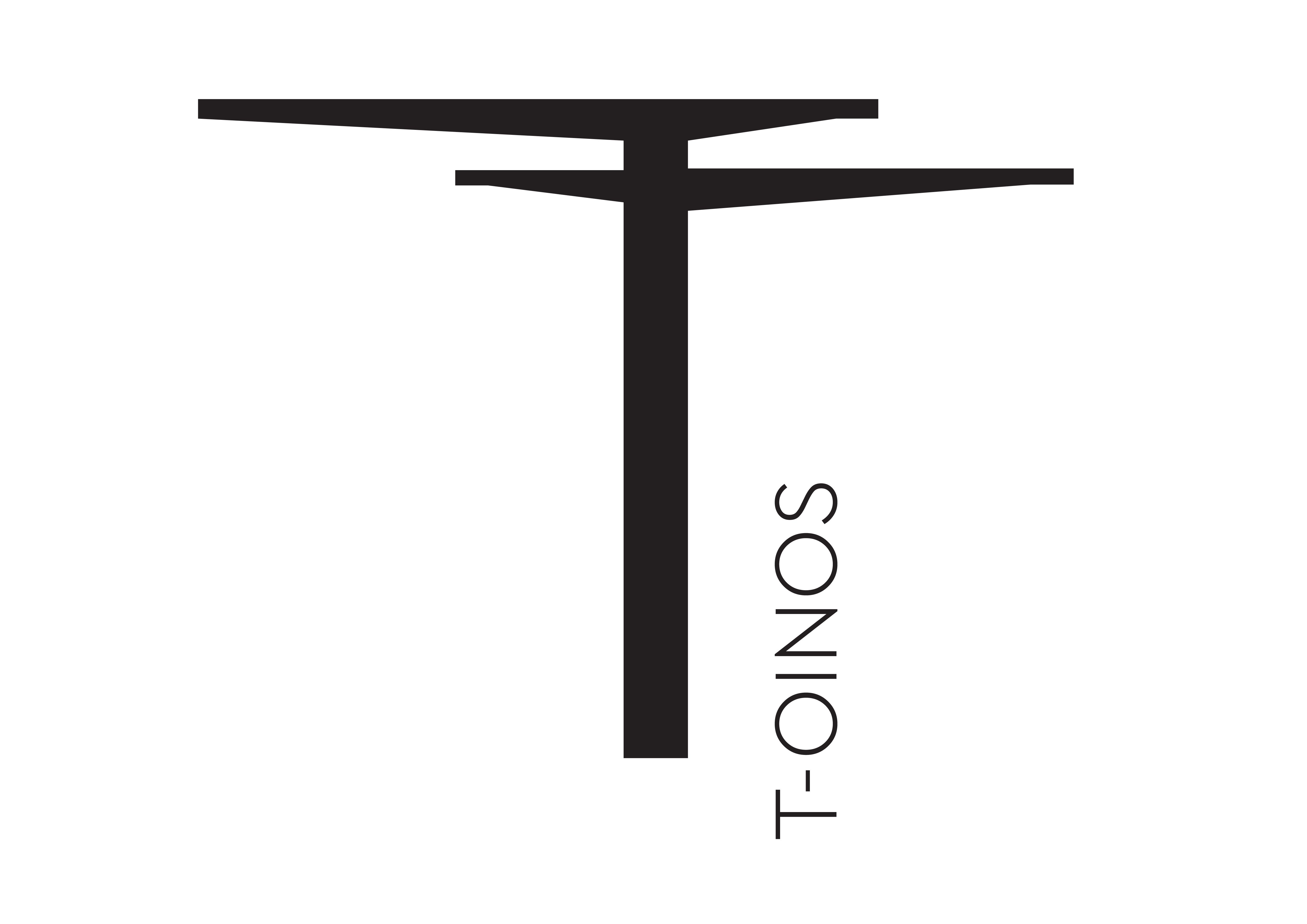The boom in new gin brands has been likened to the craze in craft beers. But how many are here today, gone tomorrow pipe dreams and how many have a fighting chance of making it?
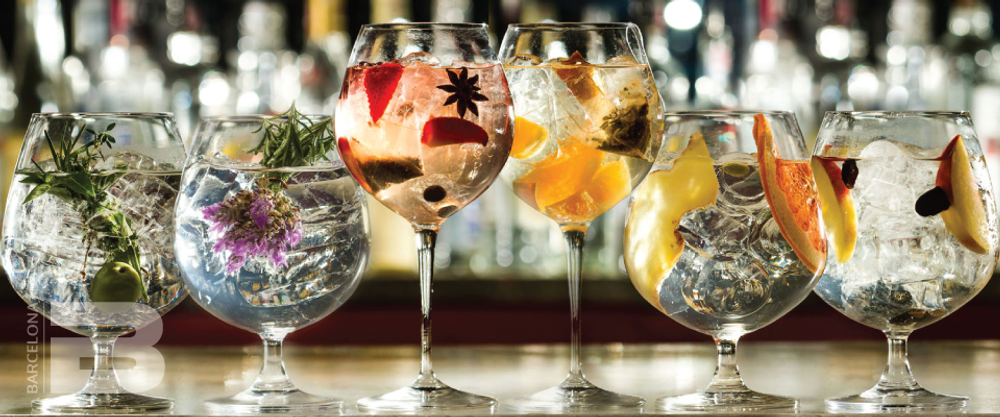
They all look great, but can you tell the difference between the gins in them?
With upward of 60 brands of gin jostling for attention on some back bars, the infamous ‘Mother’s ruin’ has moved beyond taste, provenance and premium distillation into the land of bling.
Bar owners complain their staff can’t know all their gins they sell, nor the complex interplay of ingredients in them. In that case, how can the customer? Gin sippers aside (they treat a premium gin as others might a rare whisky) most customers point vaguely at a pretty bottle.
They murmur in agreement with the young bar tender (who parrots the sell-in for the house pouring brand) assured they’ve made the right choice. Sounds more like a case of the Emperor’s clothes, you might think.
“That’s the truth of it,” says the owner of a popular gin bar in a London commuter town. “They don’t know what they’re drinking. It’s a fashion and as such I wonder how long it might last.Then I remember vodka: not what it was, but still the world’s biggest selling (tasteless) spirit even though worldwide sales are starting to slide.”
Indeed they are, but nothing to cry into your gin about. Bar tenders might have wailed in its heyday “do we really need another vodka” but the latest data proves otherwise. Vinexpo and IWSR’s joint research shows that in 2016 global sales of vodka hit 459 million 9litre cases even if sales are forecast to fall between 4%-5% over the next three years. Hailed as the world’s most consumed spirit* it’s a problem brand owners of gins would love to have. Vinexpo figures for gin and genever show global sales paddling around at 55 million cases and rising slowly by under 2% by 2020.
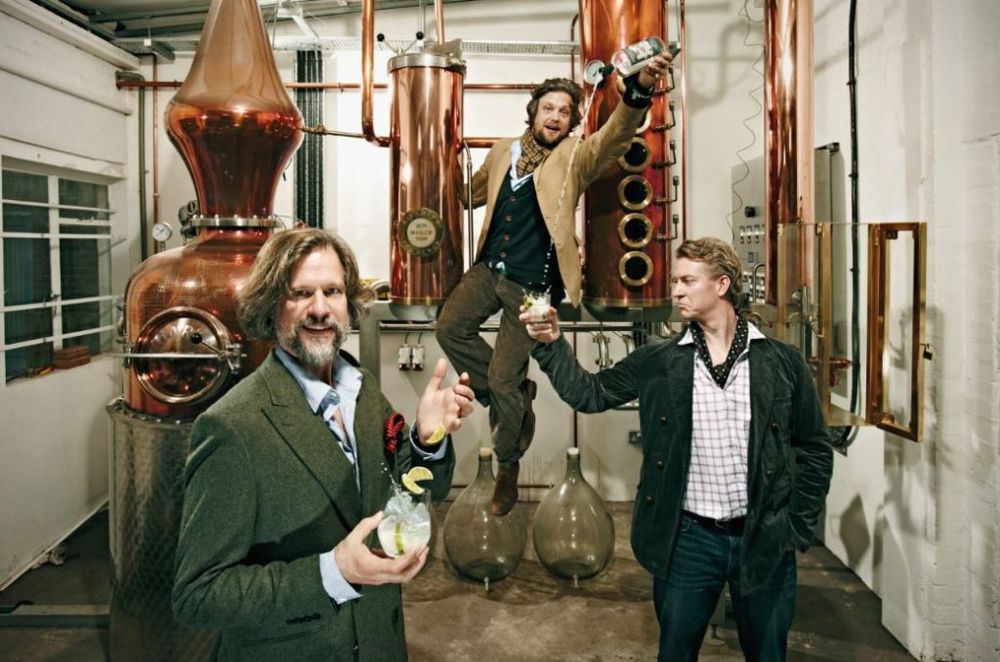
The team behind Sipsmith were one of the early pioneers in the craft gin scene, but even a brand as successful as that has relied on the acquisition by Suntory to take it to a bigger level
Worldwide growth
Worldwide there are circa 500 local and international gin brands going head to head. The growth is in premium and super premium gins, a segment where aspirational presentation and quality distillation is key. What is more, the UK is the largest exporter of gin in the world. Sales of circa £380m go to nearly 140 countries, says the Gin and Vodka Association. Most gin exports are aimed at the US and the EU.
So can gin hope to ape the rise of vodka? Where is a highly branded market like this going? Back to the drawing board – literally – say many designers and brand owners, to keep pace with all that aspiration.
The scope for a super premium spirit showing sudden popularity is wide. The market can be segmented by many different socio-economic and lifestyle slices. Modern London dry gin is a highly artificial – that is to say, designed – product which has travelled a long way since the launch of premium gin pioneer Bombay Sapphire in the late 1980s.
You can do almost anything you like these days with gin and get away with it. As long as juniper is the dominant note and the abv is at least 37.5%. Under EU rules gin must conform to one of three simple definitions: Gin, Dry Gin, London Gin. The rest is down to you and your imagination.
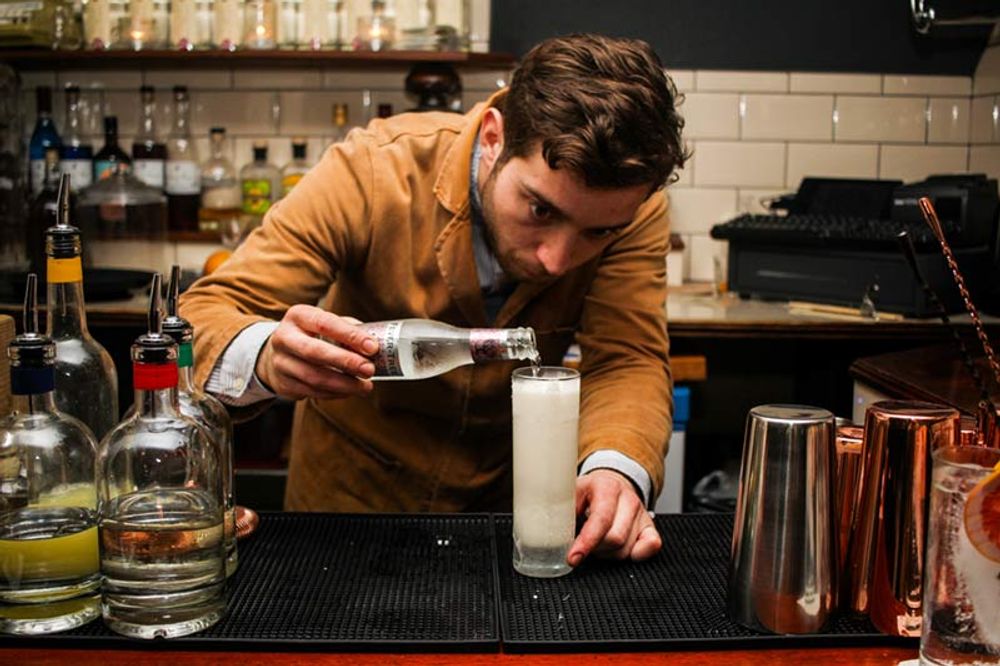
Gin is easy to make, and except for wood-aged brands, does not need a costly maturing period. That’s unlike whisky distilleries –something like 50 new distilleries have opened in the UK and Ireland – where spirit ages for a minimum of three years. So the answer to financing those new stills and warehouses is to make gin and generate a cash flow while the barley spirit slumbers.
So back to bling and the so-called ‘ginaissance’. Exciting as the prospects seem, most of the new gin brands are small, made in micro-distilleries, or distilled by large contractors. And such is the rush to market that one more might have been launched while you’re reading this.
In the real world, gin is in the hands of international brands like Diageo (Gordons and Tanqueray) Pernod Ricard (Beefeater, Seagrams) or Bacardi (Bombay Sapphire). That means big marketing budgets, and, most powerful of all, great distribution chains worldwide reaching traditional on-and-off trades as well as growing retail outlets in duty free.
Quite a lot for a buyer to take in, or to take a punt on a small, underfunded new gin.
* Not entirely true. Baiju, the local Chinese spirit, outsells vodka many times.
Did you know: The world’s best selling gin is a brand you have probably never heard of: Ginebra San Miquel from The Philippines, servicing local markets.
- Eugene Bacot is a former journalist, including being a correspondent in Brussels and Paris, and now has 20 years experience as a PR consultant in wine and spirits and runs his own agency Voice-PR.
